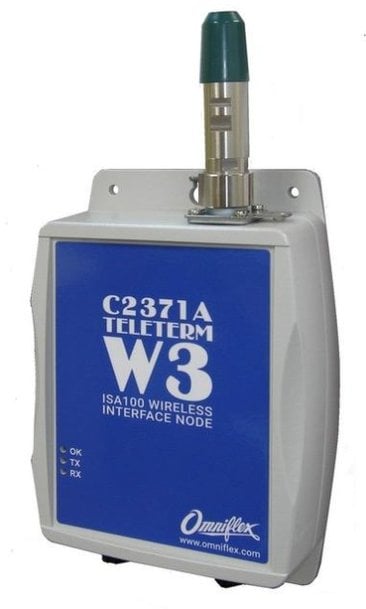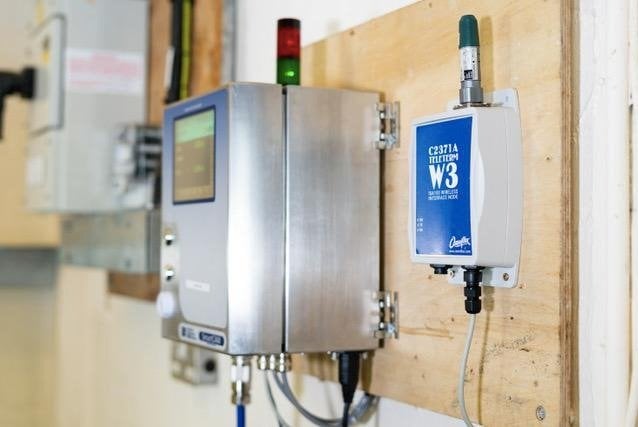www.ptreview.co.uk
22
'21
Written on Modified on
Plug-and-play radiation monitoring
Why the nuclear sector should adopt plug-and-play wireless technology.

From Chernobyl to Fukushima, we all know how disastrous it can be when things go wrong in a nuclear facility. The nuclear industry must follow strict regulations for mission critical safety equipment, like radiological monitors, designed to keep facilities operating safely. Here, Gary Bradshaw, director of remote monitoring specialist Omniflex, discusses the role of plug-and-play wireless technology for radiological monitoring.
Over 30 years later, memories of the Chernobyl disaster have faded for many but the Fukushima Daiichi nuclear disaster from 2011 is still fresh in the minds of most. Images of the exposed reactor as it raged out of control are ones we will never forget. Eight years on, safety is at the forefront of the agenda for the nuclear industry and all new systems and protocols for the sector must be developed with that in mind.
To date, the highly regulated environment in the nuclear sector has made many sites reluctant to adopt commercial off-the-shelf (COTS) products, even though they offer some key advantages.

Radiation monitoring
All nuclear sites in the UK must adhere to strict regulations for using radiological monitoring systems to monitor the levels of alpha, beta and gamma radiation in the environment. Traditionally, this was done using wall-mounted radiation protection instruments, that were placed in the area that needed monitoring. These instruments then needed to be manually inspected and monitored, with radiation levels being recorded each time.
To meet updated regulations from the Health and Safety Executive (HSE) and Office of Nuclear Regulators (ONR), these monitors now need to be networked to gather data in real time. However, networking the radiological monitors adds yet another layer of complexity. Bespoke networking panels must be fitted to radiological monitors and tested by a skilled wireman before being checked by an external engineer from the regulating authority to check for errors. This is a costly, time-consuming process that can often take weeks to certify a single networked panel for use on an active nuclear site.

Switching to wireless
Sellafield Ltd. recognised that, for ongoing projects during its decommissioning phase, connecting its radiation protection instruments (RPIs) wireless offered several key advantages over traditional wired networking methods. They don’t require an infrastructure overhaul or third-party certification and can be easily moved between different locations. Crucially, they also reduce operator radiation exposure by eliminating the need for onsite inspections.
Sellafield Ltd. engaged Omniflex to design and manufacture a suitable wireless interface to all its RPI manufacturers’ monitors, leading to the creation of the W3 Wireless Interface Node. The W3 is a plug-and-play system that was commissioned for use at the Sellafield nuclear site to meet the demands of the industry. It offers many advantages over traditional monitoring systems, all of which lead to greater on-site safety and significant cost savings.
Firstly, it has a universal interface and can be set up in minutes, eliminating thousands of hours spent installing and testing systems in active areas on-site. Secondly, it drastically reduces personal radiation dose-rates that operators are exposed to because they can now monitor radiation levels remotely. Finally, there is no need for additional third-party verification because it is a standardised product, made to ISO 9001 standards.
The nuclear industry must continue to push the boundaries of what COTS systems can offer by working with manufacturers to develop innovative new technologies that meet industry demands. In the nuclear industry, where saving money and improving safety don’t often go hand-in-hand, new COTS systems, like the W3 node, are bringing the two together.
www.omniflex.com

